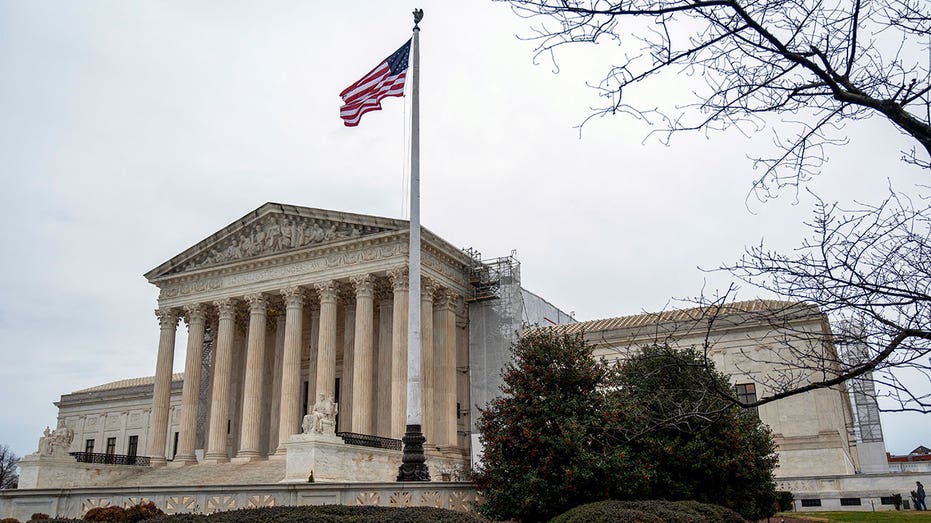Trump Administration Seeks Supreme Court Approval to Dismantle Education Department Amid Ongoing Injunction
Supreme Court filing criticizes injunction that effectively hands the district court a Cabinet-like role, blocking executive branch personnel reductions.

The Trump administration is escalating its fight to overhaul the Department of Education, seeking emergency intervention from the Supreme Court after a series of legal setbacks. Administration officials argue that a lower court’s nationwide injunction has effectively usurped executive authority, preventing any personnel changes or structural reforms at the agency.
According to filings submitted late this week, the Justice Department insists the executive should retain ultimate decision-making power over federal agencies, not the judiciary. The brief asserts, “That injunction effectively appoints the district court to a Cabinet role and bars the Executive Branch from terminating anyone, even though respondents conceded that some other reductions in force would plainly be proper.”
This latest legal maneuver follows a ruling by a federal appeals court on Wednesday, which declined to lift the block on President Donald Trump’s executive order. The order, issued in March, sought to shut down the Department of Education entirely, a move Trump defended as a necessary step to bolster American education. He contended that dissolving the department would “provide children and their families the opportunity to escape a system that is failing them.”
Judge Myong Joun, a U.S. District Judge, had previously sided with opponents of the closure, issuing an injunction in May that halted mass layoffs at the Department and ordered the reinstatement of affected employees. The ruling marked a significant hurdle for the administration’s sweeping plans, which include major cost-cutting and possibly eliminating the federal role in K-12 education policy.
Department officials quickly condemned the judge’s decision. Madi Biedermann, Deputy Assistant Secretary in the Office of Communications and Outreach, criticized the ruling as judicial overreach: “President Trump and the Senate-confirmed Secretary of Education clearly have the authority to make decisions about agency reorganization efforts, not an unelected Judge with a political axe to grind. This ruling is not in the best interest of American students or families. We will immediately challenge this on an emergency basis.”
Throughout his campaign and presidency, Trump has made clear his intention to radically reconfigure—or even abolish—the Department of Education. His nomination of Linda McMahon as Education Secretary was accompanied by calls for her to “put herself out of a job.” The administration points to lagging test scores and persistent achievement gaps as justification for dismantling the federal education bureaucracy.
Recent statistics seem to bolster this argument. The Nation’s Report Card, a key benchmark of student achievement, revealed that seven in ten fourth graders are not proficient readers—a figure that has stagnated for more than three decades. Officials cite these disappointing results as proof of systemic failure.
Yet, the effort has sparked fierce political and legal backlash. In February, a group of Democratic lawmakers attempted to access the Department’s headquarters in Washington D.C., only to be blocked by a staff member, fueling accusations of a lack of transparency and deepening the partisan divide over the future of American education policy.
As the dispute heads to the Supreme Court, the outcome could set a precedent for the separation of powers and determine just how much authority presidents have to reshape the federal bureaucracy. For now, the fate of the Department of Education—and the careers of thousands of its employees—remains in judicial limbo.




